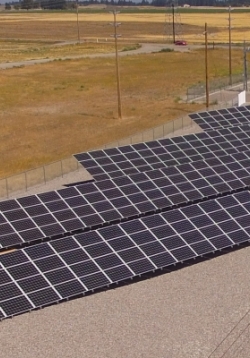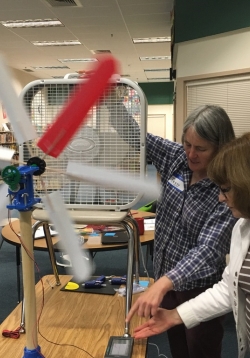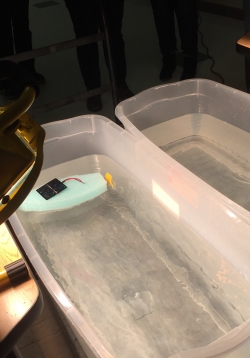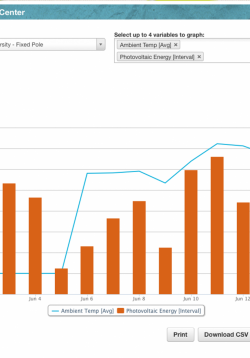Using Multiple Solar Modules
Students first explore with 0.5 Volt solar cells to see whether adding cells to a circuit increases the amount of water pumped by a small pump. They are introduced to parallel and series wiring. They then design and carry out a formal experiment to test...




